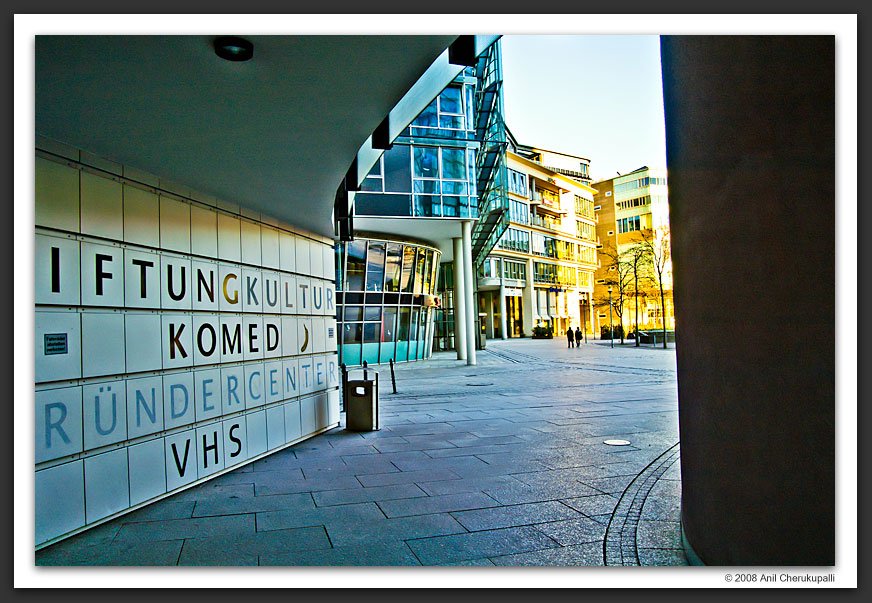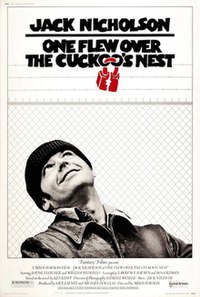The Times of India is the largest selling English broadsheet in the world with a circulation of 2.4 million. This makes the holding company, Bennet Coleman & Co. Ltd. the richest media empire in India. However, this is not just due of the reputation of its media assets.
The Times of India has had the distinction of being considered the newspaper of record in India since it was founded in 1838. Many distinguished journalists in India served in the editorial ranks of ToI. In fact, as the saying goes, ‘if you haven’t done time with the old lady of Boribunder you haven’t done anything’. That was till the 1980’s, the last of the glory days of Indian journalism. Since then ToI has morphed transformer-like from an autobot into the journalistic version of a decepticon.
ToI’s entire approach to journalism started changing from the late 80’s onwards. It is a cardinal principle in journalism that news and advertising should be kept apart. Publications like NYT and WSJ in fact go a step further and separate fact and opinion. It is well known that the WSJ has separate management structures for its edit and city reporting pages, who cannot stand each other. Indian newspapers followed the principle of keeping news and advertising separate till B, C&C ltd changed the media scape in India.
This they did by blurring the distinction between editorial content and advertising, giving short shrift to serious stories, focusing more on celebrities and page 3 and tremendous brand building exercises. Now, the latest step in that direction is through ‘Private Treaties’.
Simply put, Private Treaties are agreements between B,C&C and corporates where the former picks up equity in a company in return for advertising rates at concessional rates to free and positive coverage in B, C&C’s many media outlets. Although Private Treaties has been in existence since 2004 it attracted some media coverage only recently.
Its not as if newspapers and magazines have not carried advertorials before. But these are clearly marked as paid for with a disclaimer that the newspaper does not endorse the views therein. However, that distinction doesn’t exist in private treaties. As the website puts it, “As a treaty partner, your company can also avail of a bouquet of professional expertise within the Private Treaties Department. Our three pronged solution encompasses: Advertising Support, Branding Support, Corporate image development.”
Advertising, branding, corporate image development: the life-blood of any mid-size company dreaming of joining the big league. And what better way of doing it than positive coverage in the world’s largest selling English broadsheet and India’s largest selling economic daily (Economic Times). But what about larger questions of journalistic ethics? Suppose a reporter pursues a negative story about a comapany with is B,C&C’s partner, would s/he feel obliged to go soft, assuming the editor does not kill the story. Or, suppose a reporter goes on a junket paid for by a company, will s/he be obliged to write positively about the company or its products.
In late 2007 the editor of The Economic Times sent a mail to his colleagues stating that a senior editorial person would interface with Private Treaties clients at different centres of the paper. What this means in practical terms is that news about clients should not end up looking like a press release on the page, but should mesh with general news reports.
One of the assumptions on the part of the reader is that newspaper content that in not marked ‘advertorial’ is fair, balanced and unbiased. However, the existence of Private Treaties might well compel news reports that are essentially PR masked as news. Compare this with the fact that ToI rarely ever gives any negative coverage of anything or anybody. The philosophy behind this is a psychological reasoning that negative news on a particular page puts the reader off and hence there is a greater chance that advertisements on that page will go unnoticed.
There are about 100 plus companies that B,C&C has signed Private Treaties with in the last four years. Which means that in addition to providing ‘branding and advertising’ support, no negative news story about these companies will be published in any of B,C&C’s numerous media outlets. Also, positive news stories about their rivals will not be published. And its not as if its hidden from public view. The Private Treaties website gives out the ‘investment philosophy’ as well as the clients portfolio. The companies are mostly mid-size unlisted entities dreaming of breaking into the big league, but which may lack the revenue or marketing and media savvy to promote themselves. What B,C&C does is pick up a 5-10 % equity in these companies in return for ad rates well below the market rates and positive news coverage. Its a double whammy because there is no long term capital gains tax while ad revenue is taxed. It is estimated here that profits from Private Treaties have earned B, C&C Rs 500 crores, in addition to the Rs 1,200 crores reported for 2006-07.
In fact, the model has proves so successful that other media companies have started their own Private Treaties units. Dainik Jagran, Dainik Bhaskar and HT Media Ltd, publishers of Hindustan Times, are ready to replicate B, C&C’s business model. And in a bow to print, television companies are also getting into the act. TV 18, the holding company of CNBC, CNBC Awaaz, CNN/IBN and IBN 7 has followed suit as has NDTV, Though they claim there will be a tight wall separating ads from editorial and that there will be no conflict of interest. That remains to be seen.
So where does this leave the reader? Out in the cold, unfortunately. Because there is no way of telling which news content was paid for and which is not. According to market rumour, you could pay your way into Bombay times (the daily city supplement of the ToI). Paid for content would contain a small m inscribed inside a circle somewhere on the outer fringes of the photo or news article. This was a sign that the item was sourced through Medianet, an in-house Bennet Coleman company that sourced paid news items. But after criticism they dropped even this residual attempt at warning readers. And frankly, how many readers would take the trouble of searching the net for information on Private Treaties, assuming they even know that such a thing exists.
As journalism goes it sucks, as a business model it is an overwhelming success.
[-] Show Less










